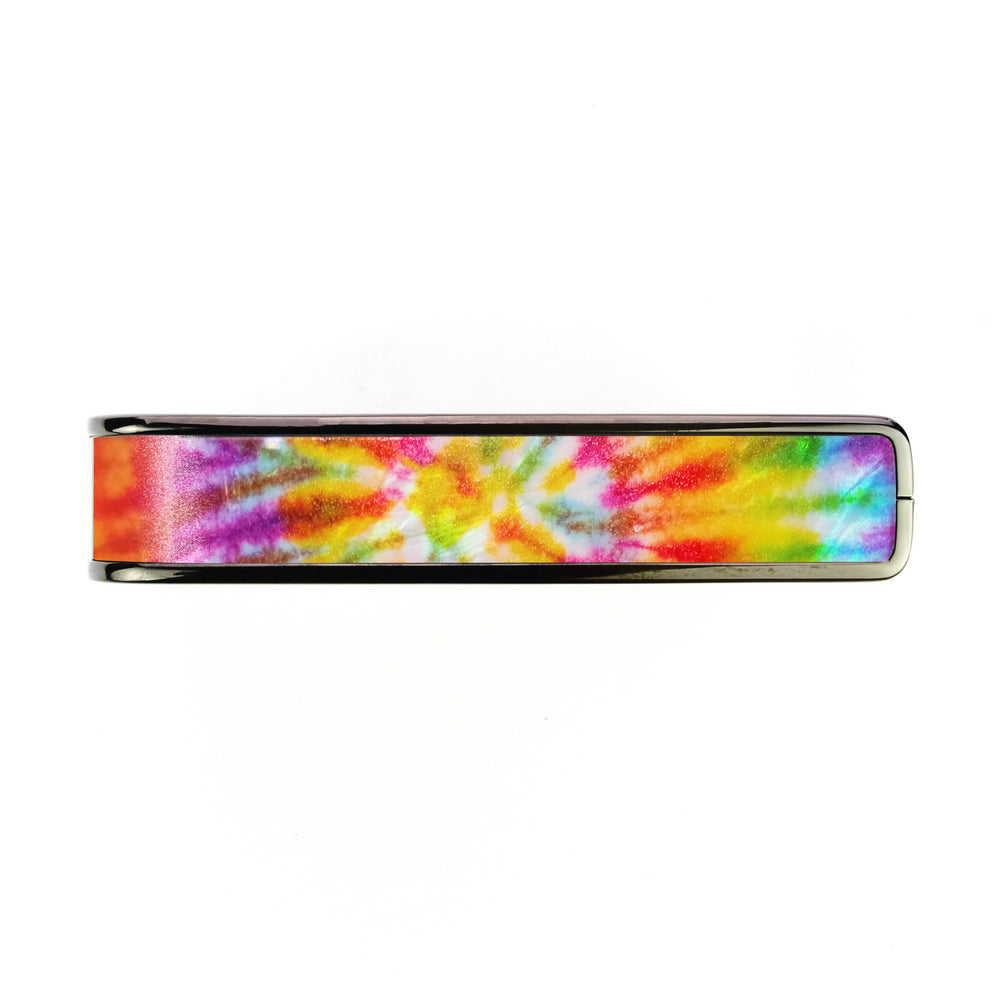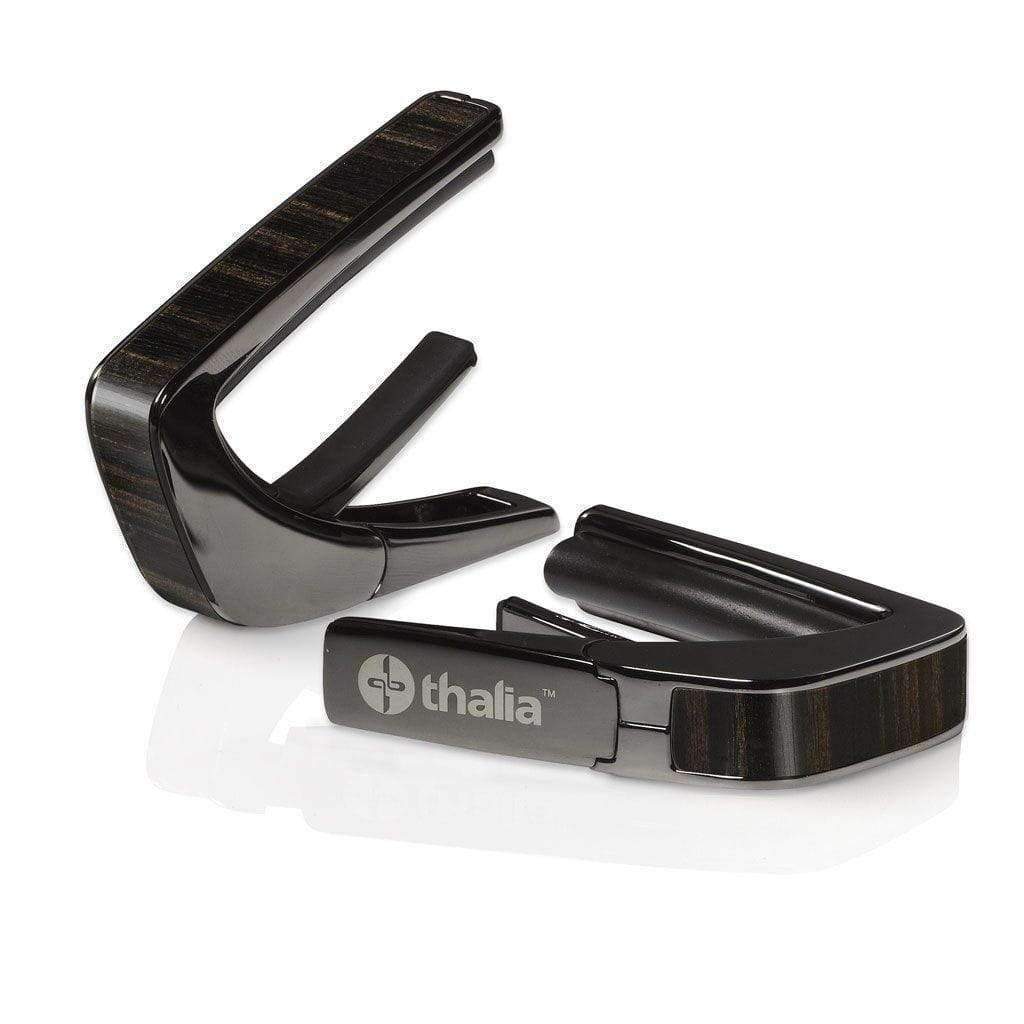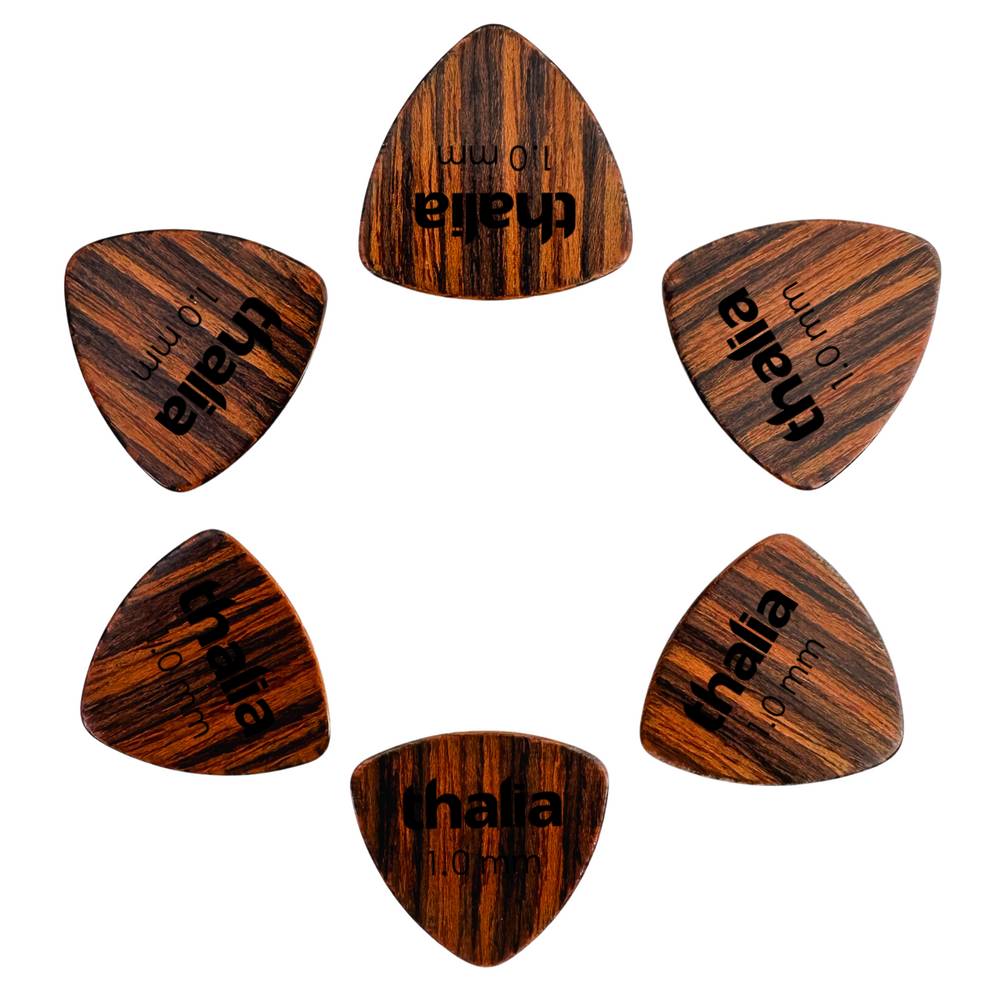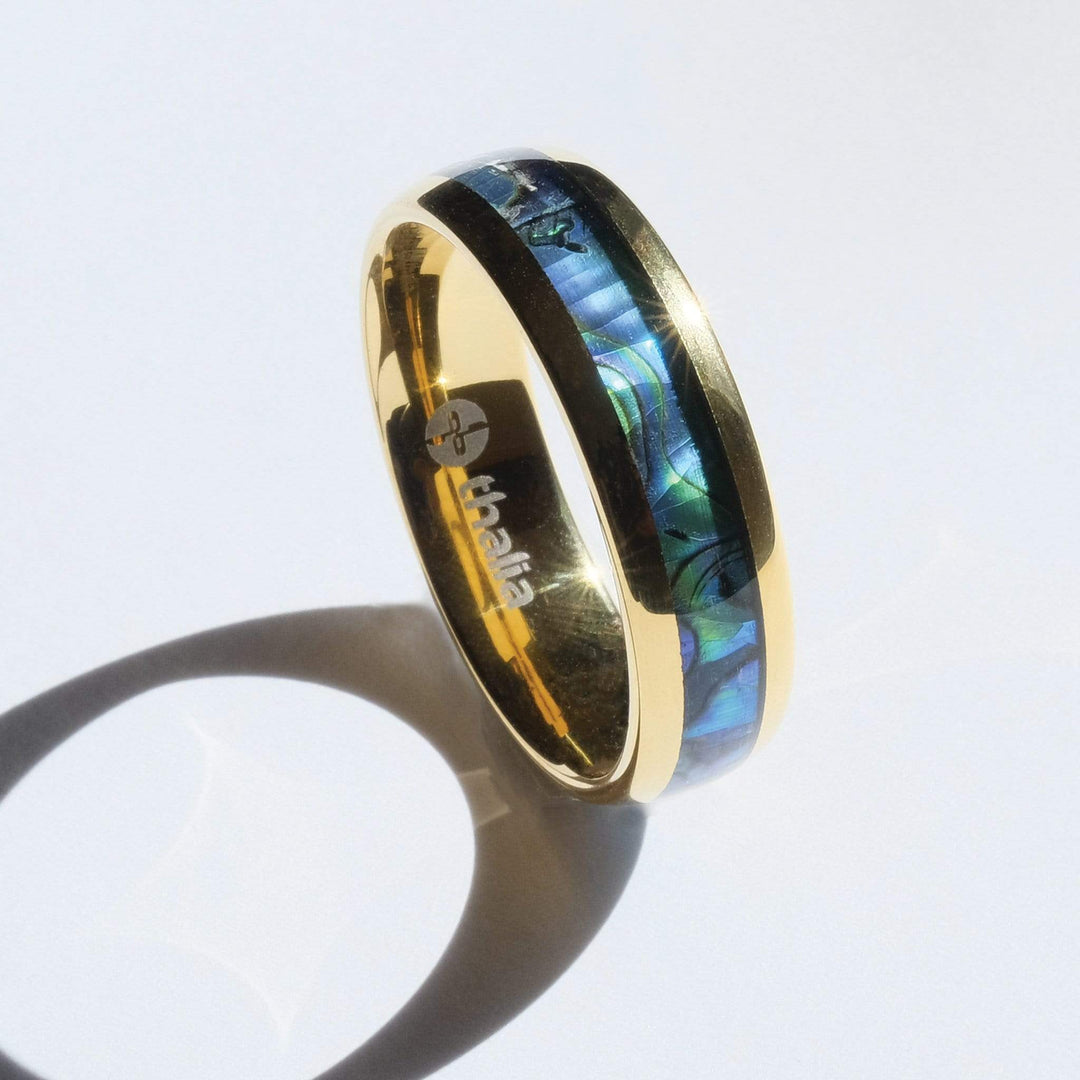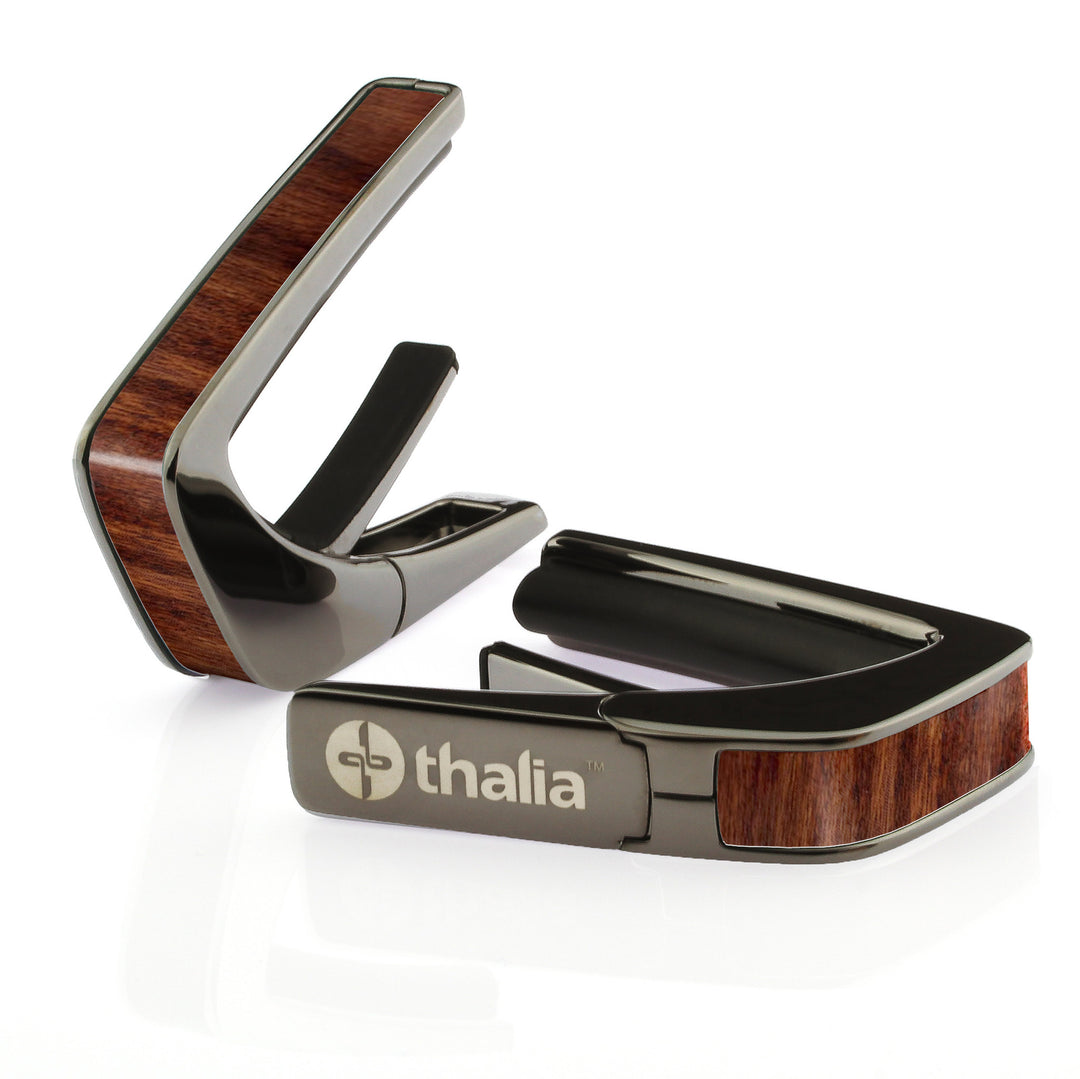It’s Flooding Down In Texas
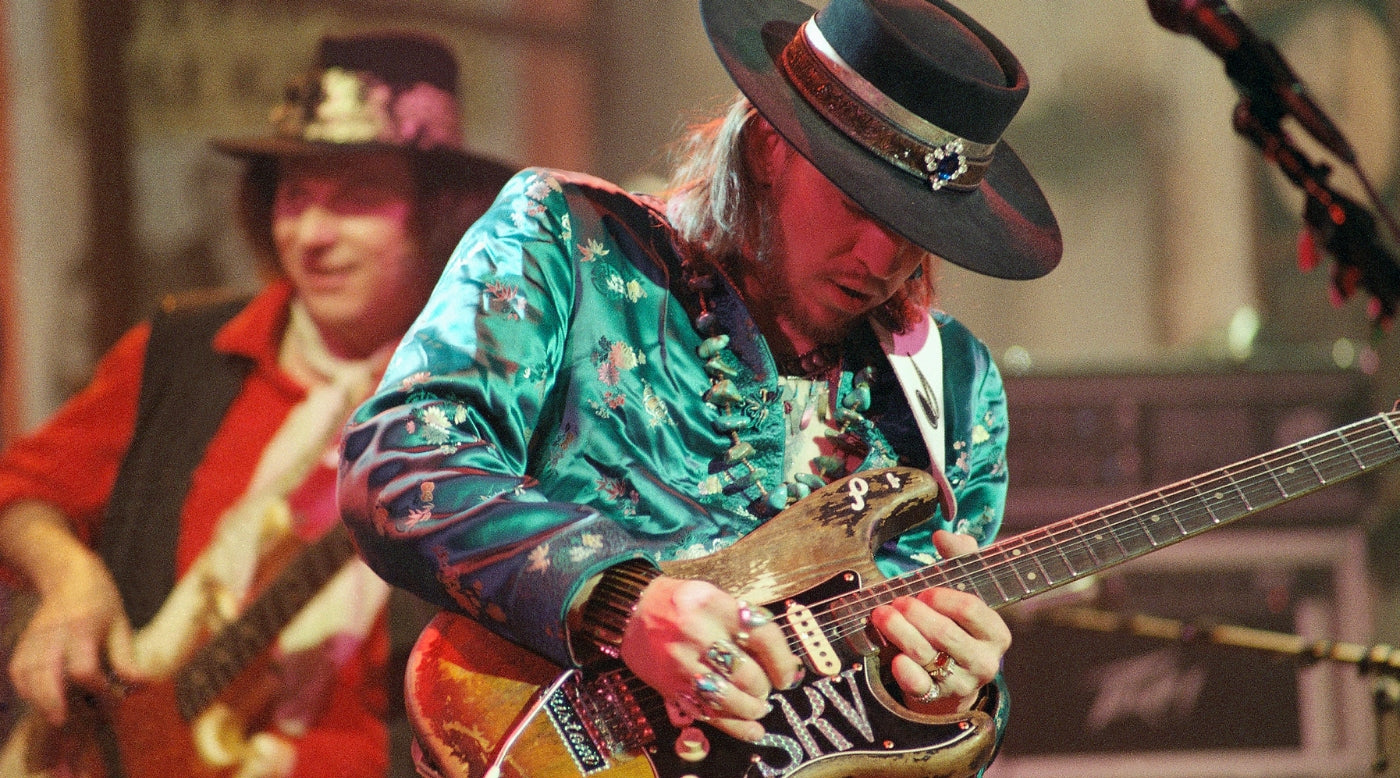
1983 saw its share of interesting albums, from David Bowie’s Let’s Dance, ZZ Top’s Eliminator, Huey Lewis and the News’s Sports, among plenty of other pop, rock and metal fare. There was also one album that did stand out from the pack for a multitude of reasons, and that album was Texas Flood by Stevie Ray Vaughan and Double Trouble.
Why does it stand out? It’s raw, unassuming and honest. It’s free of most of the studio processes and trickery that normally go into making a record. Let’s dive in deeper to see the things that made Stevie and the band’s debut record literal lightning in a bottle.
From Texas to California

The band had been cutting its teeth for several years since the Double Trouble line-up solidified in the early 1980s, playing all over Texas and wherever else it could get a gig. The band was fortunate to be invited to play a show at the 1982 Montreux Jazz Festival, which led to chance encounters with David Bowie and Jackson Browne. During their time together, Browne, impressed by the group, offered them free use of his studio in Los Angeles if ever they wanted to record.
The band did him up on his offer, hoping to walk away with a decent demo to shop around to labels, and found themselves in Browne’s studio over the Thanksgiving weekend in 1982 with 72 hours of free studio time (much to the chagrin of the studio staff, who had to work instead of enjoying the holiday). They also brought in their engineer, Richard Mullen (who also co-produced the album), which also rubbed Greg Ladanyi, the head engineer at Browne’s studio, the wrong way. Mullen eventually was able to lead the session after Ladanyi left during a dinner break and never returned, leaving second engineer James Geddes to run the tape machine.
Wanting to keep things easy and the pace quick (the band was limited to three days in the studio), the band set up in the middle of the room in a circle, close to each other, and Mullen just had them run through their tunes together while the tape was rolling.
A Live Record More Than Anything Else
Texas Flood is, for all intents and purposes, a live album. The group played together, running through the best material from their live show and recording songs quickly as a result. Mullen did this to make the most of their limited time, as well as capture the energy that the group had during their live shows. For further proof of this, compare the songs on the album to those on Live at the El Mocambo; it’s almost hard to tell the difference between the two.
In those three days, they recorded one song on the first day (after spending most of it setting up), three songs on the second day, and the rest on the third day. Half of the songs were written by Stevie Ray Vaughan, while the other half were covers of songs by Buddy Guy, The Isley Brothers among others. Tracking a whole album’s worth of material was almost unheard of in those days when albums were laboured over for weeks at a time.
The live vibe was kept intact with the amps also being in the room, separated by only a bit of baffling to reduce leakage. On top of that, the band didn’t even use headphones when they played (no headphones also means no click track). They just ran their tunes, which were well-honed at this point, having been played in concert so many times. Reportedly, there were no overdubs on the record, another studio cliché that was avoided to save time (also, since they played that well, why bother?) The only “overdubs” were Stevie’s vocals, which were done at Riverside Sound in Austin, Texas, with Richard Mullen.

Tone For Days
Stevie Ray Vaughan used his live rig in the studio with a couple of small exceptions. The main guitar he used on the album was his No. 1 Fender Stratocaster (an iconic instrument that endured a lot of hours of Stevie’s playing). It’s also possible that he had used another Fender Stratocaster that was gifted to him by his then-wife Lenny on the song “Lenny” (the guitar bears the same name as Stevie’s then-wife, and can be seen using it during the performance of the song on Live at the El Mocambo).
Amp-wise, Vaughan used a pair of Fender Vibroverbs (though only one of the two was actually mic’d), as well as a Dumble amplifier that belonged to Jackson Browne. All three amps were on all the time while recording. The only effect he would kick on regularly was an Ibanez Tubescreamer to give his sound a bit of a boost during solos.
Speaking of effects, some people with keen ears have probably heard a modulation effect on some of the songs. Your ears do not deceive you. During the mixing, Stevie would send a bit of the guitar’s signal through a Roland Dimension D SSD-320 rackmount unit that was set for an ever-so-subtle chorusing effect that was blended in when needed. For those familiar with the Boss Dimension C pedal (where there are four presets controlled by buttons, rather than knobs), the Dimension D was the big older brother to that effect. What it did though was fatten the guitar sound without sounding too modulated.
The Sun Shines Every Day
With what the band originally thought was going to be a demo recording, they caught the attention of legendary A&R man John H. Hammond. The group soon signed to Epic Records who, rather than recording a new set of songs, simply had the recordings re-mastered and released as the album Texas Flood. The album garnered a lot of attention for the band with several positive reviews and two Grammy nominations.
The album paved the way for the rest of the band’s career, which included three more albums (1984’s Couldn’t Stand The Weather, 1985’s Soul To Soul, and 1987’s In Step), a live record (1986’s Live Alive) and countless performances around the world.
What we also got was proof that you don’t need much to make a great record. When you have good songs and fiery performances, you don’t need to labour over things; you can just let it be what it is. Thankfully, what we’re left with is arguably some of the best electric blues the world will ever know.
By Kevin Daoust - instagram.com/kevindaoust.gtr
Kevin Daoust is a guitarist, guitar educator and writer based in Gatineau, Quebec, Canada. When not tracking guitars for artists around the world, or writing music-related articles around the internet, he can be seen on stage with Accordion-Funk legends Hey, Wow, the acoustic duo Chanté et Kev, as well as a hired gun guitarist around Quebec and Ontario. He holds a Bachelor of Music in Guitar Performance from Carleton University in Ottawa, Ontario, Canada.







